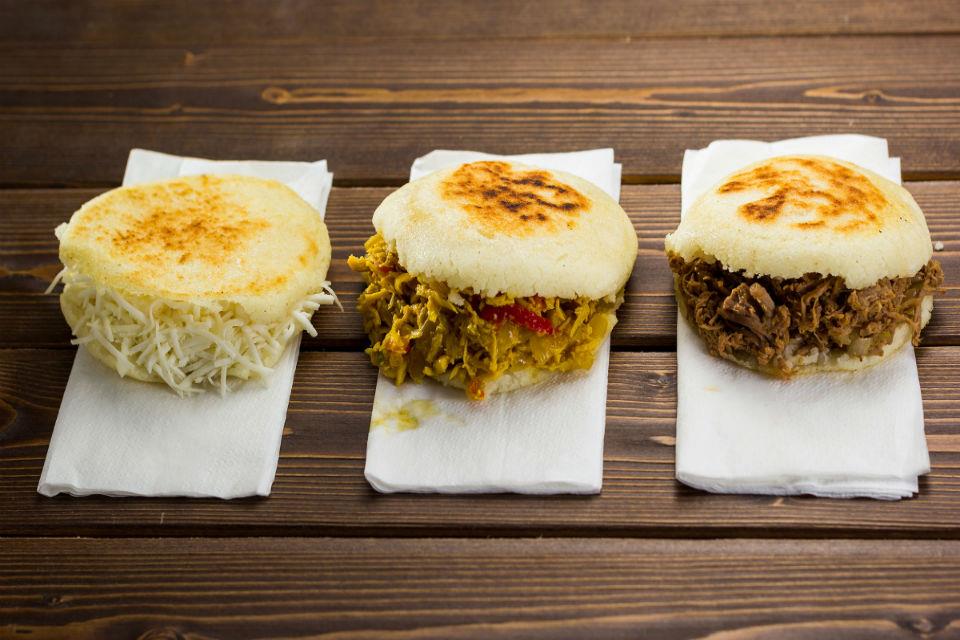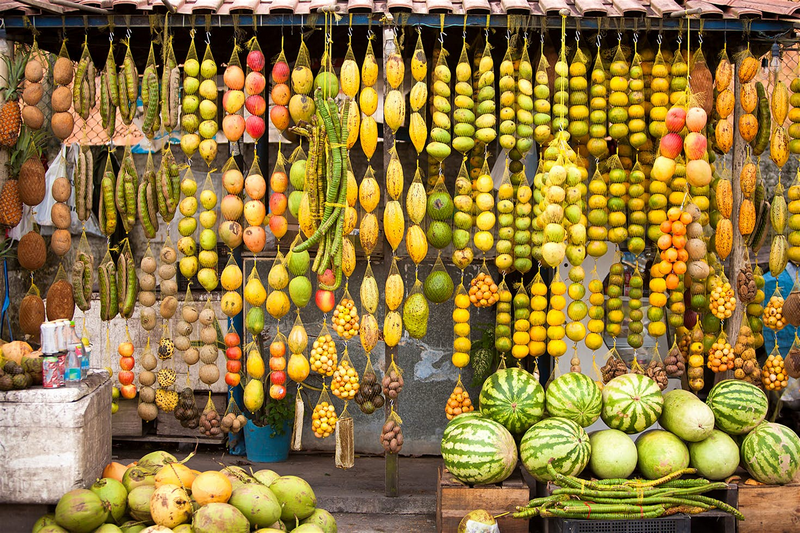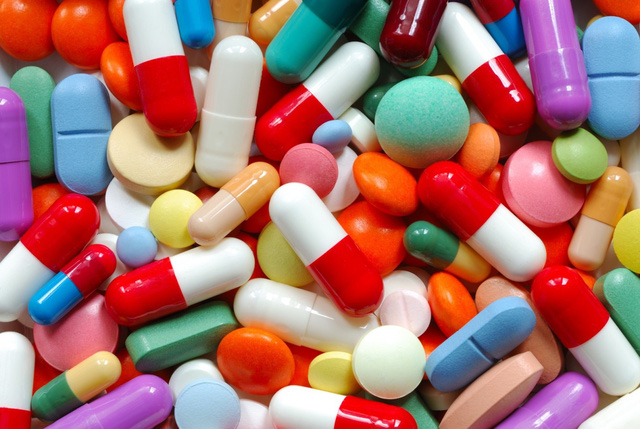The food used in the Andes has a profound influence on indigenous cuisine. Here, foods like corn, potatoes and other tubers are the staple foods. The most common and familiar meats of the region are llamas (Peru) and Guinea pigs.
Freshwater areas have salmon. Chupe andino refers to stews and soups in the Andes. Chicha is an important drink at the Andes. There are also: Humita, Locro, Arepa, Chanfaina, chili and quimbolitos …

These are popular dishes at small shops. It is not difficult to find potatoes in dishes. Potatoes are processed into many famous dishes, including the famous Pachamanca dish.
The region’s tropical regions are divided into South American regions: the Atlantic and Pacific coasts and the Amazon. There are popular fruits such as guava, pineapple, papaya, mango, banana and elderberry.
The climate and geography also allow the cultivation of crops such as sweet potatoes, parsley, barley, cassava, and beans.

Besides, the Pacific Ocean and the Atlantic Ocean also provide large quantities of seafood such as king crab, lobster and euphausia superba – a recently discovered seafood.
If you visit the Easter Island, you will find delicious tuna flocks and abundant hills, creating a sea with an extremely rich cuisine.
In the Amazon region offers a variety of fresh fish and tropical fruits. Meats such as guinea pigs, turtles, Paca and Pecari boars for the processing of Kuane, Tacacho, Tacaca are also extremely rich.
Pampas region has influence from Italy and Germany. Therefore, you can easily find dishes such as Pizza, Pasta, Polenta. These dishes are popular in Argentia, Brazi and many countries in the Pampas region in general.
The southern region of Chile and Argentina has many sheep and cattle farms to process delicious dishes. Whereas in Brazil traditional dishes such as Feijoada, include legumes with common pork and beef.



